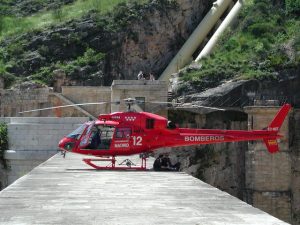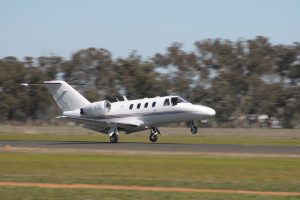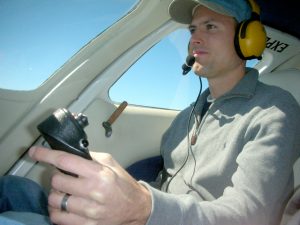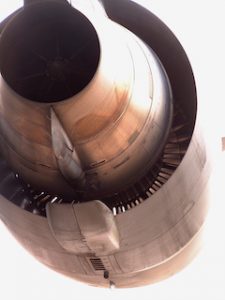Artificial Blood And Air Travel Use
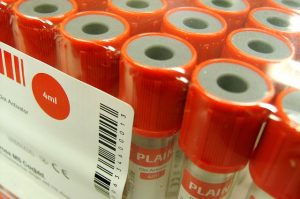 Artificial blood may help air travellers in medical need. Flights can create problems for those with blood supply issues. Artificial blood works as a helpful option. It supports oxygen delivery at high altitudes. Travellers with certain health issues may benefit from artificial blood use during long flights.
Artificial blood may help air travellers in medical need. Flights can create problems for those with blood supply issues. Artificial blood works as a helpful option. It supports oxygen delivery at high altitudes. Travellers with certain health issues may benefit from artificial blood use during long flights.
Cabin pressure and artificial blood
Airplane cabins maintain lower pressure than on the ground. This condition reduces oxygen levels for all passengers. People with blood-related conditions feel these changes more. Artificial blood can help keep oxygen levels stable. It delivers oxygen even in low-pressure environments during flight.
Artificial blood for emergency use
In medical events during a flight, speed matters. Artificial blood does not require a perfect match. This makes it easier to use quickly. Flight staff can deliver support faster with artificial blood. It also lasts longer in storage than donated blood.
Storage advantage in flight conditions
Artificial blood stores well at different temperatures. This helps airline staff manage supplies over time. Natural blood needs cold storage and has a short shelf life. On the other hand, artificial blood stays stable longer. This reduces waste and increases availability in emergencies.
No need for blood matching
Matching blood types during flights can take time. Artificial blood removes this need. It works with all blood types. In urgent cases, this saves lives during long travel. Air travellers benefit from this fast solution in medical care.
Support for passengers with anaemia
Travellers with anemia may have low oxygen levels. Flight conditions can make these levels drop further. Artificial blood can help keep oxygen delivery stable. This keeps the passenger alert and safe throughout the flight. It also reduces fatigue and shortness of breath.
Lightweight and easy to transport
Artificial blood products weigh less than traditional blood packs. Airlines can store more units with less space. Lighter supplies also reduce fuel load during flights. This supports both safety and efficiency on long routes. Emergency response kits become more travel-friendly.
Support in remote airport locations
Some airports lack full medical services. In those areas, donated blood may not be available. Artificial blood offers a portable alternative. Emergency staff can carry it easily to help passengers in distress. It helps bridge the gap until full care is available.
Better for frequent travellers
People who travel often may face repeated stress. Oxygen delivery systems can be strained in certain conditions. Artificial blood supports their bodies by improving oxygen flow. Frequent flyers with health conditions may feel more secure while traveling with this support.
Reduced risk of blood borne infections
Donated blood may carry risks of infection. Artificial blood avoids this concern. It is made in controlled settings and does not come from human donors. This makes it safer for passengers who need urgent care in the air.
Fewer immune reactions during use
Some people react to donor blood. Their immune system may reject the transfusion. Artificial blood does not cause this reaction. It supports the body without immune conflict. This makes it safer for diverse passengers during long international flights.
Long flights increase medical needs
The longer the flight, the more risks can appear. Long hours of sitting affect circulation and oxygen flow. Artificial blood supports the body in managing these stress points. Medical staff can respond faster with this option during lengthy journeys.
Rapid availability in medical kits
Cabin crew often carry emergency medical kits. Adding artificial blood improves care during flights. It takes less space and needs no cooling. Passengers facing sudden health drops can receive fast support. This reduces the need for emergency landings in many cases.
Useful for high-risk flyers
Some passengers fly while recovering from surgery or illness. These flyers face greater oxygen needs. Artificial blood supports their recovery during the flight. Doctors may suggest this option to help manage high-altitude conditions.
Airline medical teams gain flexibility
Medical staff who assist with in-flight emergencies benefit from fast tools. Artificial blood gives them more ways to respond. It removes delays from blood typing or location issues. Teams can act faster and more safely during stressful situations.
Better care on remote air routes
Some routes fly over oceans or deserts. Emergency stops on these flights are harder to arrange. Artificial blood supports medical care when stops are impossible. It helps maintain safe travel over long stretches without full hospital access.
Passenger confidence in health safety
People with health concerns often fear long travel. The presence of artificial blood improves safety during flight. Passengers may feel more relaxed knowing care is available. This encourages people to keep flying despite medical conditions.
Custom options for airline needs
Artificial blood can be made in forms that suit each airline. Some may use powder forms that mix easily. Others may use liquid packs for fast use. Airlines can choose what works best for storage and care routines.
Assists with cabin crew safety
Flight staff may also face medical stress. Long shifts and cabin pressure affect everyone on board. Artificial blood can support their needs too. In rare cases, staff needing emergency help can also benefit from having this option available.
Lower cost over long periods
Though initial prices may seem high, artificial blood saves money over time. Less waste and longer shelf life add value. Airlines reduce costs by avoiding spoiled units. Safety also improves, which avoids larger losses from diverted flights.
Travel during health crises
Global health events may limit blood supply. Artificial blood remains available when donor banks fall short. Airlines using this option stay ready to support passengers in every season. This helps maintain services during high-demand periods.
No need for complex handling
Unlike natural blood, artificial blood does not need tight storage rules. Staff can manage it with simple steps. This reduces errors and helps newer crew handle medical kits with ease. It also shortens the time needed to prepare emergency care.
Improved response for children
Children face higher risks during health events. Their small size makes oxygen loss dangerous. Artificial blood helps support their systems during long flights. It gives cabin staff more options to care for young travellers in need.
Ready for altitude challenges
Artificial blood performs well even in high-altitude flights. It remains stable during pressure changes. This helps maintain consistent care for passengers during climbs and descents. No adjustments are needed as the aircraft moves between zones.
Tested for safe use in travel
Artificial blood has passed safety tests in controlled labs. Aviation health teams trust it for passenger use. It offers a safe tool to improve care in flight. People who use it may return to travel faster after health issues.
Less need for emergency stops
Diverting a flight adds cost and delays for all. Artificial blood can prevent such outcomes. Quick treatment on board keeps flights on schedule. This helps both passengers and airline operators during urgent care situations.
Eco-friendly medical supply option
Long-lasting artificial blood reduces waste. Airlines throw away less expired stock. This reduces their environmental footprint over time. Combined with other eco steps, it supports cleaner airline operations without reducing safety.
Supports space-saving cabin design
Artificial blood fits well into modern cabin layouts. Smaller packs take less space in trolleys and kits. Crew can store more without making cabins feel crowded. This allows more room for passengers and safer medical setups.
Helps with jet lag recovery
Oxygen delivery affects jet lag and fatigue. Artificial blood supports faster recovery during long flights. Travellers arrive with better energy and focus. It helps reduce downtime after crossing several time zones in one journey.
Future of safe long-distance flying
Air travel connects the world, yet health risks remain. Artificial blood helps reduce these risks for all travellers. It supports fast action, longer storage, and safer outcomes. With better care tools, travellers can feel safer across long distances and high skies.
